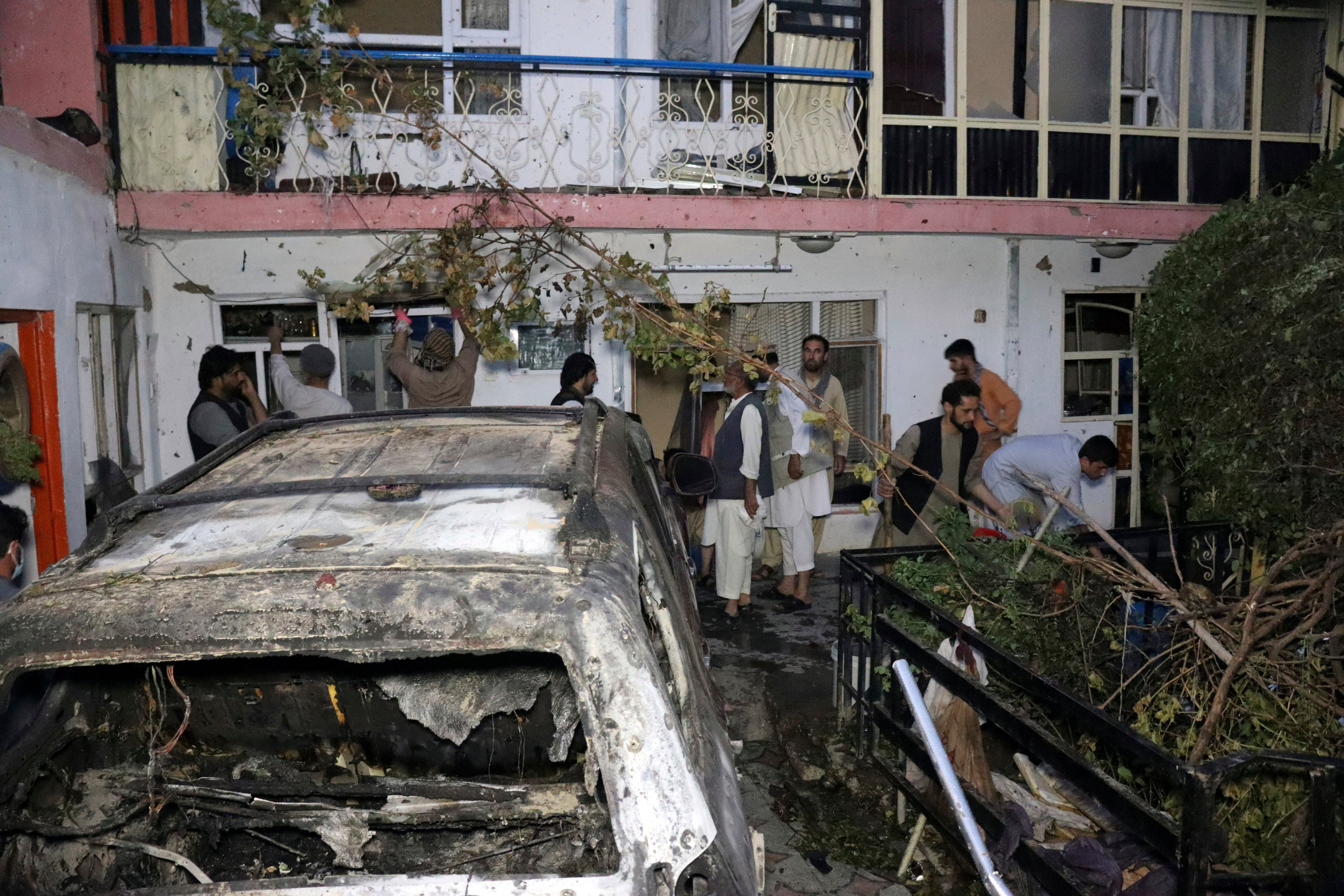The Defense Department is in the middle of two reviews that will take a look at how it conducts air strikes and how it accounts for potential harm to civilians because of them, Defense Secretary Lloyd Austin told reporters Wednesday.
One deals with operations in Syria, where an only recently publicized airstrike killed 70, including women and children, first reported by the New York Times.
The other is a broader, annual look at the civilian harm caused by U.S. strikes, ordered by Congress in the 2020 National Defense Authorization Act.
“The American people deserve to know that we take this issue very seriously. And that we are committed to protecting civilians and getting this right both in terms of how we execute missions on their behalf and how we talk about them afterwards,” Austin said. “And I recognize that and I’m committed to doing this in full partnership with our military leaders.”
Rand Corp.‘s study, which focuses on air strikes conducted in Raqqa, is going through a security review, Austin said. The congressionally-mandated report for 2021 is due no later than May 1.
“I look forward to reading these two studies into benefiting from them as we conduct operations,” Austin said.
The reviews, and the New York Times coverage of the Syria strike, come at a time when the Pentagon is still taking questions for its handling of an Aug. 29 drone strike in Kabul, which meant to target Islamic State fighters planning an attack on troops at the gate of Hamid Karzai International Airport, but instead left 10 dead, including an aid worker and children.
RELATED

Austin ordered the Air Force’s inspector general to review the initial investigation into the strike. Lt. Gen. Sami Said told reporters in early November that while he had identified some possible improvements to the process for coordinating defensive strikes, he was not personally recommending any discipline for the personnel involved.
“If you had somebody sitting in the strike cell ― the issue of confirmation bias ― saying, ‘Look, you’re correlating this piece of info to reaffirm that that is the vehicle. But what you’re reaffirming, and the activity you’re seeing could be nefarious, if you will, but it could also be very benign,” he said. “So pushing back a little bit, playing that dialogue to go, what is it exactly that we’re looking at? To make sure.”
To follow that up, Austin said, he asked the heads of Central and Special Operations Command to implement the review’s findings.
“... they’ve done that and I’m working my way through their recommendations,” he said.
Asked whether striking targets under the banner of “self-defense” is a workaround for both protective measures to prevent casualties, and to avoid consequences after the fact, Austin tried to clarify that DoD does earnestly avoid targeting civilians, and does not consider even self-defense strikes casually.
“But I would also say that I have no doubt that we can work harder, go beyond that and say we must work harder,” he said. “I’m committed to adjusting our policies and our procedures to make sure that we improve and I’ll be holding all our senior leaders responsible for putting those policies and procedures into effect as we go forward.”
Austin added that procedures will be tightened up wherever possible in the future.
“We have more work to do in that regard, clearly,” Austin said.
Meghann Myers is the Pentagon bureau chief at Military Times. She covers operations, policy, personnel, leadership and other issues affecting service members.





